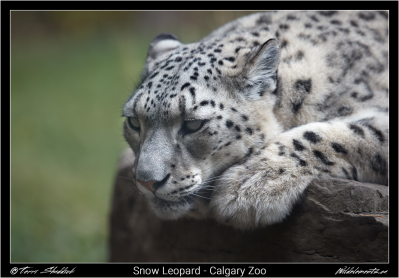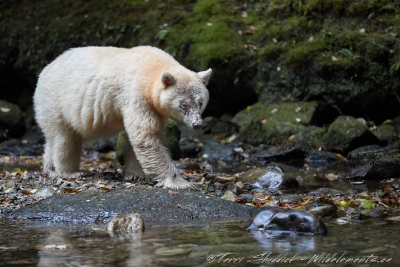29 Oct Canon 70-200 f/2.8L IS III USM – Brief Impression
Notice: Trying to access array offset on value of type bool in /var/www/wp-content/plugins/bridge-core/modules/shortcodes/shortcode-elements/_social-share/templates/social-share.php on line 124
When I first saw that Canon was releasing a new 70-200 f/2.8L IS III lens, I was excited because I thought finally an update on what I think is the oldest lens in my fleet. I had hoped that in addition to a performance update, I would also see some weight savings, which would mean that it might find itself in my camera bag more often.
Well, when it came to the weight, my hopes were not fulfilled. The new 70-200 f/2.8L lens is only SLIGHTLY lighter than the old version, like 50 grams (1490g vs. 1440g). I haven’t had the change to weigh the actual lenses since I have picked mine up but I will say that I really do not notice any difference in weight between the lenses when the tripod foot is removed. With the tripod foot on, there is a slight difference in weight, but certainly not the earth shattering weight difference that we are seeing with the new 400 f/2.8.

Snow Leopard – Calgary Zoo
I was debating whether or not to bring the lens on the Great Bear Rainforest trip, and wondered if it would feel like a duplicate because I knew I would be brining my 100-400 lens, and had weight restrictions to keep in mind. In order to give the lens a quick test I brought it to the Calgary Zoo. I have to admit, I was really pleasantly surprised by the results. Since I have purchased the 100-400 a few years ago, I haven’t found that I am using the 70-200 as often, because it often doesn’t have the focal length needed for a lot of wildlife. But reviewing my images from the zoo, it really made me consider that I should be using it more.
One of the zoo images included in this post was of a Snow Leopard, and considering that this image was shot through the glass, I was really surprised how sharp it was. In addition to being shot though glass, I also shot it at only f/2.8, because the green background was really quite ugly and distracting. I was surprised that I was able to see the hairs on the snout of the Snow Leopard despite that it was shot through the glass.
Despite it not being much lighter than the old one, I decided to pack it along for the Great Bear Rainforest trip given the results that I had with it at the zoo, and I am really glad that I did. The second day out shooting we were shooting in the heart of the rainforest, and because the river was not that wide, we were actually working at pretty close focal lengths. I ended up using the 70-200 pretty much exclusively that day, at least where the “big subjects” (like bears) were concerned, and the lens did not let me down. I found that having an f/2.8 lens greatly improved my images, given the low-light I would have constantly been battling high ISO and low shutter speeds if I had used the 100-400.

Seeking Salmon
Seeking Salmon was one of the shots that were taken with the 70-200 f/2.8L IS III USM, and was actually shot wide open, because I wanted as high of a shutter speed as possible given that I wasn’t sure if the Spirit Bear was going to pounce at a salmon (if she could find one).
I have not yet done head-to-head testing between the new and old 70-200, and I do not know if the slightly lighter weight and fluorine coating are worth upgrading from the old one to the new one (stay tuned for that). I will say that if you are planning to add a 70-200 to your fleet of lenses, you will not be disappointed with the image quality achieved with the 70-200 f/2.8L IS III USM.
If you are debating getting this lens and have any questions, feel free to reach out to me at [email protected]. Or stay tuned to my recent photos and blog for more thoughts as I use the lens more, and review more of the images taken with the lens.




